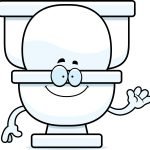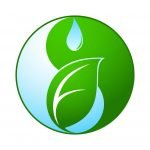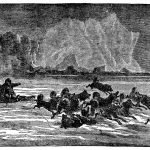Early NDs Understood the Power of Mother Nature
Nature Was Central to the Philosophy of the First NDs
Sussanna Czeranko, ND, BBE
Most of the sanitarium patients do not come to us for advice and help until they are ‘down and out’—until there is nothing more to spoil.
Henry Lindlahr, 1918, p. 122
To cure disease by poisoning its symptoms is medical manslaughter.
Benedict Lust, 1918, p. 426Nature has provided penalties; not remedies.
E. Brandman, 1914, p. 140
As the early founders of naturopathy were figuring out how to become a profession, they had the added burden of figuring out who they were in the medical milieu, while being attacked from all sides by the gathering storm of the “medical trust” after the report by Abraham Flexner. The mission of the early NDs, articulated often to the American public, was to safeguard the health of their patients not only by “check[ing] disease” but also by “[promoting] health and prolong[ing] life” (Blumer, 1910, p. 2). They understood the power of Mother Nature and had the confidence and experience in their clinics that “Nature is the only doctor that can guarantee to cure” (Bernard, 1923, p. 401). The NDs had numerous categories and terms that helped them explain their system, words such as “healing crisis,” “vis medicatrix naturae,” and “nature cure.”
They made no bones about the practices of allopathic physicians and their delusional superstitions: “Medical students go to college to learn the symptoms of disease, and how to drug them; not to learn the conditions of health and how to preserve it” (Brandman, 1914, p. 135). Meanwhile, as NDs spoke about nurturing the symptoms of a healing crisis, the “regulars” suppressed them and created chronic diseases. Lust also accused the regulars of propagating their superstitions that the use of harmful and destructive chemical substances was an efficient substitute for the violation of nature’s laws; the regulars “encouraged the belief that people could go the limit in self-indulgences that weaken and destroyed their [bodies] and then hope[d] to be absolved from his physical ailments by swallowing a few pills or submitting to an injection of a serum or vaccine” (1918, p. 423).
What is an ND? The word naturopath is a translation of the German phrase naturheil methode, which means “the art of healing by and through nature” (Goettler, 1911, p. 199). Nature was central to the philosophy of the early NDs, grounded in their philosophy and in their practice of medicine. Lust exclaims, “There is a living power within us which controls matter; it is always striving to heal” (1923, p. 136).
Health was considered by our elders to be the “normal condition when the essentials of life are supplied by air, water, food, heat, light, exercise and rest. If this is not regulated as required, the result is impaired health or disease, which cannot be cured without correcting this cause, and nothing else is necessary but to obey the laws which have always existed in nature, for we cannot change them” (Work, 1918, p. 934).
Lindlahr reiterates the importance of obeying nature’s law, saying “When the laws of nature are violated, the fundamental principle of true healing must consist in a return to natural habits of living” (1923, p. 439). By defying nature’s laws, we systematically jeopardize our health. Lindlahr (1918, p. 123) explains: “Violations of nature’s laws in our habits of living result in 1) Lowered vitality. 2) Abnormal composition of blood and lymph [through wrong eating and drinking]. 3) Accumulation of morbid matter or waste. 4) Discordant or destructive mental and emotional attitudes.”
To understand what the vis medicatrix naturae is in relationship to disease is best illustrated by Brandman. He says the vis medicatrix naturae is the “vital struggle in self-defense; it is the process of purification; it is the disease itself” (Brandman, 1914, p. 139). While health and disease struggle as if they are antagonistic entities or forces at war with each other, Brandman states that they are “one and the same” (1914, p. 139). In this regard, Lust states poignantly, “Naturopathy is a philosophy founded upon the simple theorum that Vital-force is in all living matter which gives expression in health and disease” (1923, p. 136).
The healing crisis facilitates nature’s efforts to restore health. But to regain health, the healing crisis would exhibit symptoms against which the regulars used suppressive treatments. An example that Brandman uses is the common fever: “Fever is one form of disease, and as disease is a process of purification, fever must be one of the methods in which the system relieves itself of morbid matter” (1914, p. 140). The body’s ability to mount a response in an acute condition in the form of a fever, skin eruptions (boils), vomiting, and sweating, purging morbid matter, was aided and encouraged: “To stop these signs is to thwart nature, but to use natural means to speed up such eliminative processes is to save the patient” (Lust, 1923, p. 136).
Consistent with a nature cure philosophy, Lust contended always that “the natural system for curing disease is based on a return to nature in regulating the diet, breathing, exercising, bathing and the employment of various forces to eliminate the poisonous products in the system, and raise the vitality of the patient to a proper standard of health” (1918, p. 424). In a New Year’s greeting to his readers, he offers these words of advice: “[B]egin then the New Year with a resolve to eat only the Natural products and fruits of the earth as Nature has fashioned them; to seize every opportunity to revel in sunlight and the flowing streams; to raise your vitality by exercise, and by the passive reception of such vibrations as are created by light” (Lust, 1917, p. 321).
He and the other early NDs, such as Lindlahr, also had a position on chronic conditions: “Chronic in the vocabulary of the old school of medicine means ‘incurable’” (Lindlahr, 1918, p. 125). For the nature cure physicians, chronic disease was “nature’s feeble efforts to purify the system” that allopaths suppressed and stopped (Lindlahr, 1918, p. 126). If a person with a chronic disease is experiencing “a healing crisis, in the form of a vigorous diarrhea, acute catarrh, leucorrhea, boil or fever, under medical treatment these purifying efforts of Nature would be promptly ‘treated,’ that is thoroughly suppressed, and the disease poisons driven back into the system” (Lindlahr, 1918, p. 126).
Another important dimension of nature cure is described succinctly by Brandman: “Medical schools and books teach that medicines—acids, alkalies, salts, earths, minerals, mere drugs—which are dead, inert and inorganic substances, act on the living system. Nature teaches the contrary; that the living system acts on the medicine” (1914, p. 138).
To illustrate his point that living systems act on drugs and impurities, Brandman uses the example of the sneeze. He asks, “Does the dust of the snuff sneeze the nose or does the nose sneeze the dust or the snuff?” (Brandman, 1914, p. X). Of course, the sneeze is “a remedial effort, a purifying process, a disease” (Brandman, 1914, p. 138). He continues: “Disease brings a process of purification, I do not want to subdue it, but to regulate it. I would not repress the remedial action, but direct it” (Brandman, 1914, p. 139).
In these ways, the early ND was critical of the practices used by the regulars. Lust elaborates: “For thousands of years, medical doctors have been educating the public into the false belief that poisonous drugs can give health” (1918, p. 426). Bradshaw disparaged the “attempt to cure disease by the use of drugs, which only stifle symptoms and do not reach causes” (1918, p. 34). It was clear to the NDs that “every drug taken into the living system induces a new disease. Every drug has its own penalty. Every dose is an outrage on the living system, and in disobedience to physiological law” (Brandman, 1914, p. 142). The NDs concluded that “it [is] easier to pack off a patient with a prescription than to put him to bed in a wet pack” (Bradshaw, 1918, p. 34).
Lindlahr gives an example of how a successful nature cure treatment was adopted and absconded by the orthodox physicians:
For more than 30 years, Priessnitz, Kneipp, Kuhne and other pioneers of Nature Cure were dragged to the courts and tried for malpractice for using hydropathic treatment in the cure of acute and chronic diseases until Dr. Brand, of Berlin, began to notice that his own typhoid fever patients died at the rate of 50 or 60 per cent, while the typhoid fever patients of the Nature Cure ‘quacks’ made uniform recoveries. He tried the water treatment, found it eminently successful and then gave his ‘discovery’ to the medical profession in an essay, in which he described the wonderful efficacy of hydropathic treatment in typhoid fever. (Lindlahr, 1918, p. 125)
Lindlahr asserts that “the same simple cold water treatment and fasting will cure every other acute disease with exactly the same efficacy as in the case of typhoid fever” (1918, p. 125).
Lust was critical of these sneering regulars who would pirate the nature cure treatments as a result of public pressure. The regulars, observing the success of the NDs, would change the names of the treatments and practice them in half-hearted ways, while scoffing at those who originated the treatment protocols. Lust continues: “A ‘regular’ graduate of a medical school is no more competent to practice these branches [hydropathy and nature cure] of the healing art effectively than a bricklayer to fill the position of an architect” (1912, p. 43).
Our early founders believed with conviction and confidence that transgressing nature’s laws meant illness. They were willing to change: “In reforming and improving our profession; raising our standing; legalizing our methods; increasing efficiency; elevating our morale; and evolving our ethical standards,—in doing all this necessary groundwork, we must not be led astray by the glory and glamour of ‘big fees,’ hefty endowments [sic], ‘chains of sanitaria,’ etc” (Evertz, 1915, pp. 655-656). The early naturopathic founders believed “that in a country which is called the Land of the Free we have a perfect right, whenever our health is concerned, to choose any physician, any doctor, regardless of whatever school to which [s/]he may belong” (Blumer, 1910, p. 3). In today’s medical quagmire, with escalating costs beyond the reach of average-income Americans, we can hearken Lindlahr’s conclusion that “Nature Cure teaches and applies the natural ways of living and of treating the human body which make for prevention and are therefore truly health insurance” (1918, p. 28).
The last word goes to Herbert Shelton: “Nature Cure, on the other hand, is the art and science of supplying Nature with the conditions necessary to a cure and is constructive” (1923, p. 186).
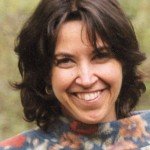 Sussanna Czeranko, ND, BBE is a faculty member working as the Rare Books Curator at National College of Natural Medicine. She is currently compiling several books based on the journals published by Benedict Lust. In addition to her work in balneother-apy, she is the founder of the Buteyko Breathing Academy, a training program for NDs to incorporate a scientific model of breathing therapy called Buteyko into their practice.
Sussanna Czeranko, ND, BBE is a faculty member working as the Rare Books Curator at National College of Natural Medicine. She is currently compiling several books based on the journals published by Benedict Lust. In addition to her work in balneother-apy, she is the founder of the Buteyko Breathing Academy, a training program for NDs to incorporate a scientific model of breathing therapy called Buteyko into their practice.
References
Bernard, B. (1923). Nature is the healer of all diseases. Herald of Health and the Naturopath, 23(8), 401-402.
Blumer, L. (1910). The revolution in medical practice. The Naturopath and Herald of Health, 15(1), 1-4.
Bradshaw, W. R. (1918). The gospel of physical regeneration. Herald of Health and the Naturopath, 23(1), 34-37.
Brandman, R. E. (1914). A message to the people. The Naturopath and Herald of Health, 19(3), 135-142.
Evertz, O. (1915). Curing the nature cure. The Naturopath and Herald of Health, 20(10), 654-656.
Goettler, M. (1911). The “nature cure.” The Naturopath and Herald of Health, 16(4), 199-201.
Lindlahr, H. (1918). How I became acquainted with nature cure. Herald of Health and the Naturopath, 23(1), 21-29.
Lindlahr, H. (1918). How I became acquainted with nature cure. Herald of Health and the Naturopath, 23(2), 122-130.
Lindlahr, H. (1923). Henry Lindlahr, M.D.: The father of scientific natural therapeutics. Herald of Health and the Naturopath, 28(9), 438-441.
Lust, B. (1912). The “nature cure.” The Naturopath and Herald of Health, 17(1), 43.
Lust, B. (1917). New Year greeting to our readers. Herald of Health and the Naturopath, 22(6), 321.
Lust, B. (1918). The principles, aim and program of the nature cure system. Herald of Health and the Naturopath, 23(5), 423-429.
Lust, B. (1923). The doctor of naturopathy. Herald of Health and the Naturopath, 28(3), 136.
Shelton, H. M. (1923). Essentials of nature cure. Herald of Health and the Naturopath, 28(4), 181-186.
Work, J. T. (1918). Cause and cure of disease from the standpoint of drugless physicians. Herald of Health and the Naturopath, 23(12), 934.


